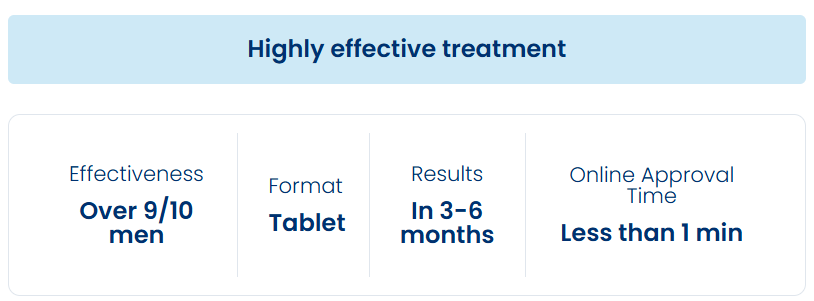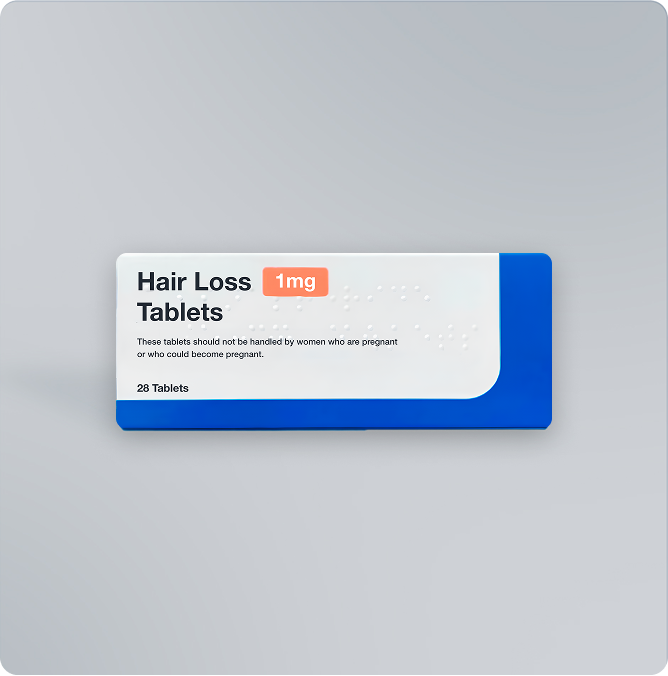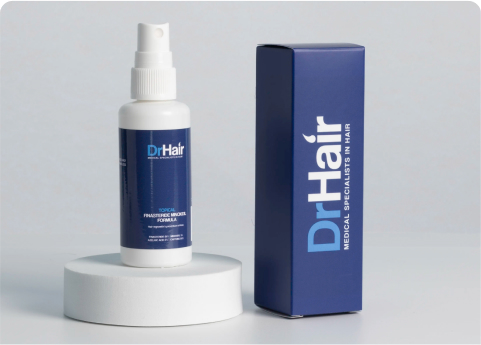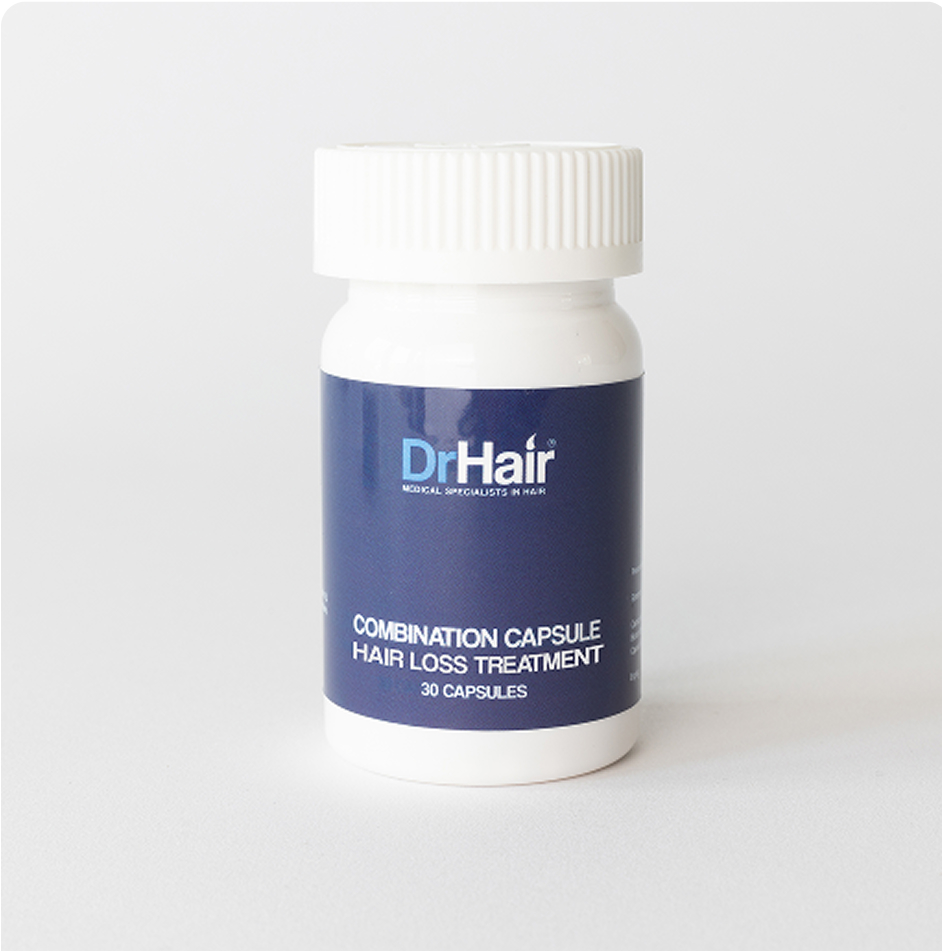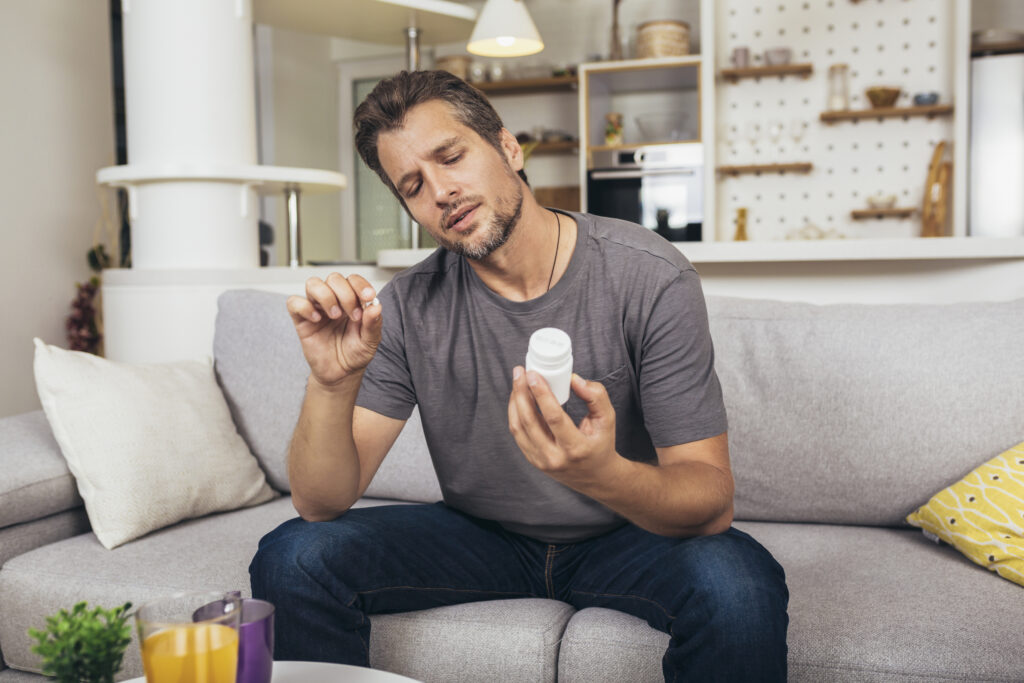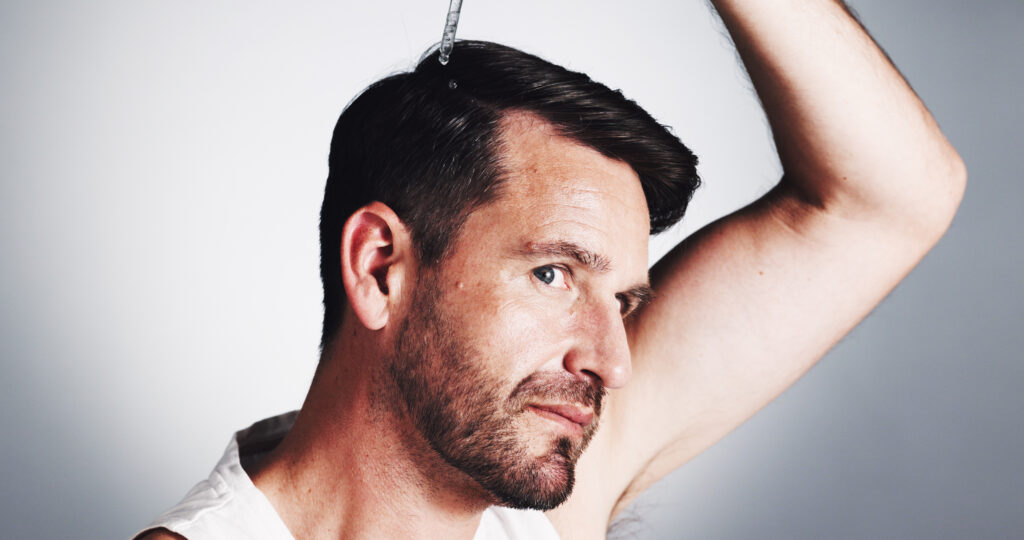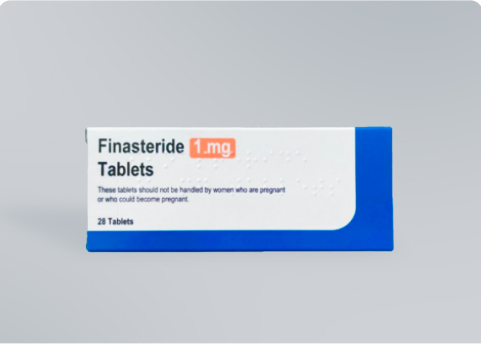Used as a preventative drug for male pattern baldness, finasteride is the world’s most commonly recommended male hair growth drug [1]. In fact, almost 70% of hair transplant surgeons always or often recommend finasteride to their patients.
But what finasteride dose do you need? The dose you need depends on your individual circumstances. However, for hair loss treatment, it is normally recommended to take 1 mg of finasteride a day.
In this article, you’ll learn:
- How much finasteride you should take.
- If 1 mg or 5 mg finasteride is better for your hair loss.
- When to use finasteride and how.
Table of Contents
- How much finasteride should you take for hair loss?
- What dosage of finasteride is effective?
- What happens if you miss a dose?
- Can I use topical finasteride instead?
- What is the correct topical finasteride dose?
- Should you take finasteride in the morning or at night?
- Act now and get the recommended male pattern baldness treatment from DrHair
- FAQ
How much finasteride should you take for hair loss?
It is generally recommended that men take 1 mg of finasteride per day to treat male pattern baldness. Taking finasteride every other day may reduce side effects, but could also limit treatment effectiveness.
To understand the correct finasteride dose further, it’s good to consider if you are taking finasteride orally or topically.
What dosage of finasteride is effective?
Research shows that finasteride doses of 0.2 mg/day or higher demonstrated efficacy, with 1 and 5 mg resulting in similar efficacy that was superior to lower doses [2]. Numerous studies have shown how finasteride can be used to slow down male pattern baldness [3-5]. This effectiveness has been shown to remain true regardless of your age, weight or height and is related to an exact dosage.
When taken orally, finasteride is available as either a 1 mg or 5 mg dose.
Is 1 mg or 5 mg finasteride better for male pattern baldness?
For hair loss, the FDA recommends taking a daily dose of 1 mg finasteride at roughly the same time every day (it can be taken with or without food) [6].
1 mg is licensed to treat male pattern baldness and its related symptoms. These include:
- Receding hairline.
- Crown hair loss.
5 mg has not been FDA-approved for hair loss treatment; it has been approved for treating an enlarged prostate.
Here’s a brief overview of 1mg vs 5mg finasteride:
1 mg finasteride | 5 mg finasteride | |
DrHair sells | Yes | No |
Used for | Hair loss in men | Enlarged prostate |
Effectiveness | Widely accepted and used through its action reducing DHT levels | Shrinks prostate resulting in improved urine flow |
How long until results | 3-6 months | 6 months |
Side effects | Erectile dysfunction, lower sex drive, ejaculation and fertility problems [7-10] | The same as 1 mg, and skin rashes, breast tissue abnormalities [11-12] |
*Learn more about the side effects of finasteride in men.
What happens if you miss a dose?
Generally speaking, if you miss the odd dose of finasteride, you don’t need to worry too much. There shouldn’t be a significant impact on your hair growth. On the other hand, if you regularly miss doses, you may see an impact on your hair growth. Try to focus on taking the dose at the same time every day and make it into a habit.
Can I use topical finasteride instead?
Yes, you can also use topical finasteride treatment options as they’ve also been shown to be just as effective and produce fewer side effects than oral treatment options [13]. DrHair’s finasteride-minoxidil formula contains 0.1% finasteride, an effective concentration for hair loss [14]. Find out more about whether topical finasteride works.
What is the correct topical finasteride dose?
As topical finasteride is delivered through sprays and serums, the exact amount will depend on the area it is being applied to. For both the sprays and serums, you will work the formula into your scalp to help new hair growth.
Should you take finasteride in the morning or at night?
It shouldn’t make too much of a difference when you take finasteride; it’s more important to take it at the same time everyday (regardless of if that is day or night time).
It really depends on individual preference and how taking your finasteride fits best into your routine.
For example, if you are sometimes forgetful, taking finasteride in the morning may give you more time to catch up on a missed dose. Also, if you already take supplements as part of your morning routine, it would be simple to add finasteride to this.
On the other hand, just like you may have a morning routine, you may also have a night-time routine, meaning you may prefer to take finasteride in the evening. If you are using topical finasteride, doing so in the evening may give you more time to apply the cream and for it to be absorbed.
Act now and get the recommended male pattern baldness treatment from DrHair
With over 30 years of supplying online retailers and pharmacies with licensed hair loss treatments, we can safely recommend our products to individual users to buy directly from us.
It takes less than a minute for you to get assessed with us, and then you have access to a highly effective hair loss drug that can give you fantastic results.
You can also consult with one of our doctors and learn everything you need to know about the risks, benefits and side effects. With them, you can discuss both oral and topical options. Get finasteride from DrHair and be confident in using an effective treatment from a trusted pharmacy.
FAQ
It is possible to take 5 mg finasteride for hair loss, but evidence shows that Finasteride 5 mg is no more effective at treating hair loss than Finasteride 1 mg, and may actually increase chances of side effects. [10-11]
Yes, though they are rare. Side effects may include hair shedding, erectile dysfunction, decreased sex drive, ejaculation disorder, testicular discomfort and skin rashes. [7-12]
If you are treating hair loss, you should not take a higher dose of finasteride for better results. It is recommended to take 1 mg (or the amount prescribed). If you are treating an enlarged prostate, then a higher dose of 5 mg is usually recommended.
Finasteride is used for two primary reasons; most commonly for male pattern baldness (also referred to as androgenetic alopecia). In some cases, finasteride is also used to treat men who have symptoms of benign prostatic hyperplasia.
Finasteride works through inhibiting an enzyme responsible for converting testosterone to dihydrotestosterone, or DHT. It belongs to a group of drugs known as 5-alpha-reductase inhibitors. Its primary action is to limit DHT production, as DHT is responsible for the development of male pattern baldness (it is also involved in both body and hair growth). [15]



